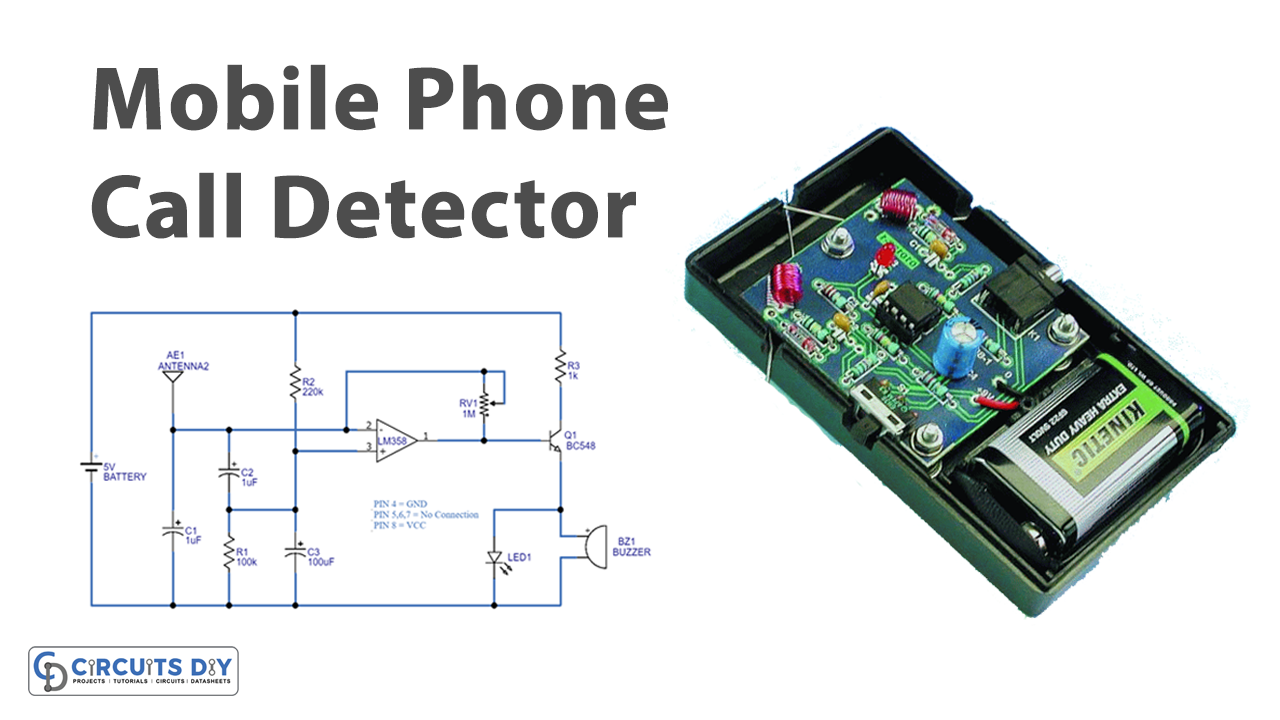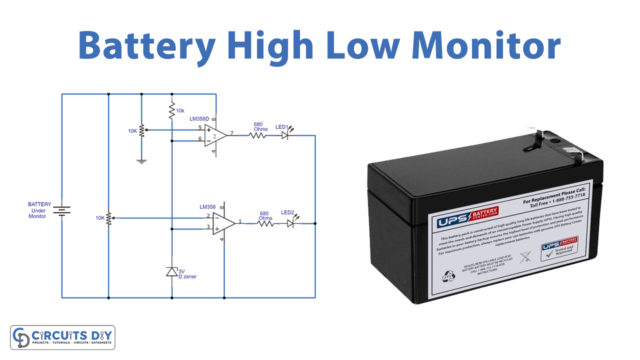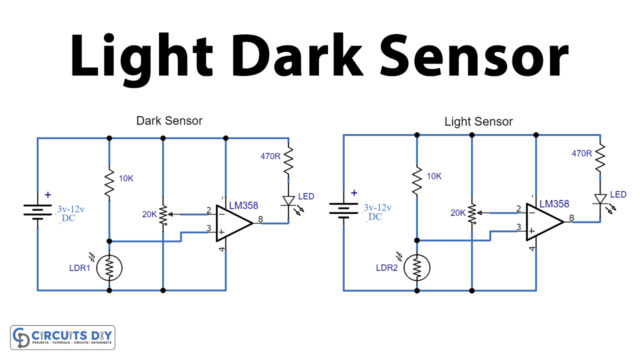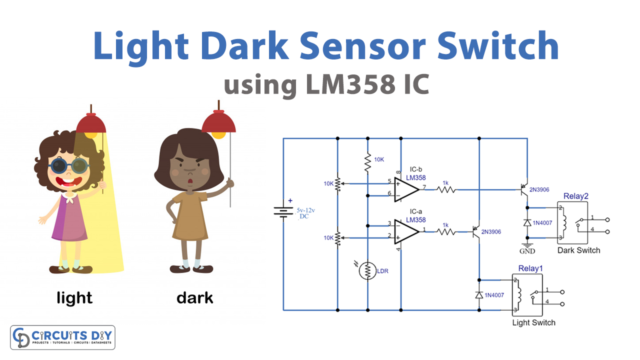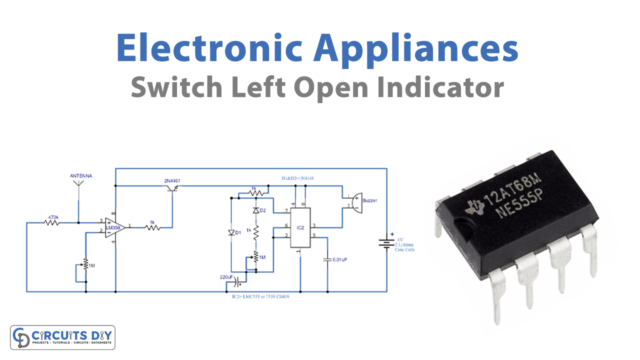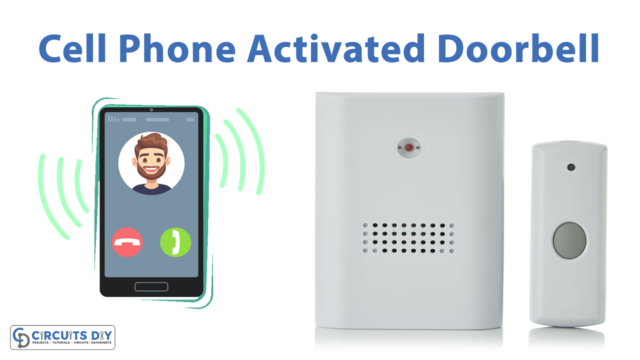Introduction
To restrict the use of cell phones at serious places like examination rooms, prayer rooms, etc, the administrator of that place can use this device, called a cell phone call detector. It enables to detection of the nearness of mobile phones within a specific range. However, the range is not very high and is about 10 to 15 meters. Most cell phone detectors use the bugs or antennas that detect the radio frequency signals of activated mobile phones. Also, the detectors can detect even if the cell phone is in silent mode. Here in this article, will discuss the In this tutorial, we are going to ” Mobile Phone Detector Circuit” that uses LM358 IC.
An overview of LM358
The internal structure of LM358 IC comprises high-gain operational amplifiers. And, the IC can be operated from 3V to 32V for a single power supply. Also, this IC provides a large voltage gain of about 100db. Moreover, it draws a very low maximum current of about 700uA. Hence used in transducer amplifiers, Integrators, differentiators, comparators, DC block gain, etc.
Hardware Required
| S.no | Component | Value | Qty |
|---|---|---|---|
| 1. | IC | LM358 | 1 |
| 2. | NPN Transistor | BC548 | 1 |
| 3. | LED | – | 1 |
| 4. | Potentiometer | 1MΩ | 1 |
| 5. | Buzzer | – | 1 |
| 6. | Generic GSM antenna or an aerial antenna | – | 1 |
| 7. | Capacitor | 1µF, 100µF | 2, 1 |
| 8. | Resistor | 100KΩ, 220KΩ, 1KΩ | 1, 1, 1 |
| 9. | Battery | 5V | 1 |
Circuit Diagram
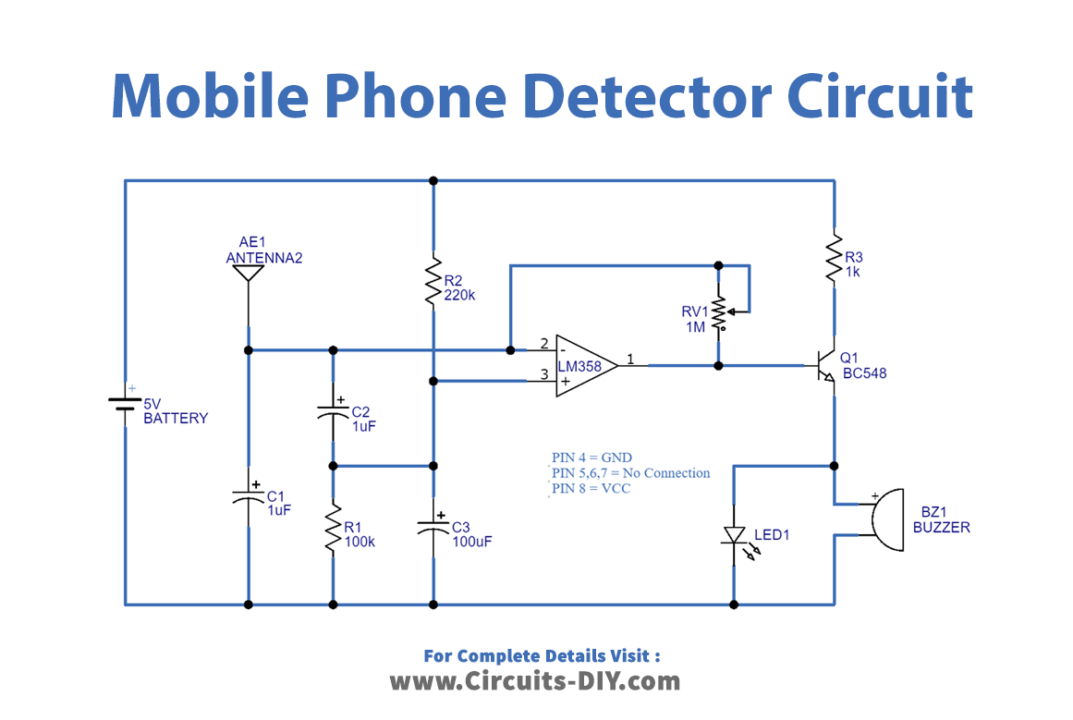
Working Explanation
In this Mobile Phone Detector Circuit, there are three stages, the pickup electromagnetic stage, the amplification stage the output stage. When any cell phone is active and sending or receiving any calls, it radiates the radio frequency. The antenna finds that signal and the capacitor detects that signal and then passes it to the LM358 IC. The IC passes that signal forward. As a result, the LED in the circuit blinks, and the buzzer beeps with the help of a wired switching transistor. The buzzer beeps until the signal transmission stops.
Application and Uses
- The circuit can be utilized to detect phones in the examination halls, conference rooms, etc.
- Also, it can be adopted for military purposes.
- Moreover, it can also be employed in phone tracking systems.


